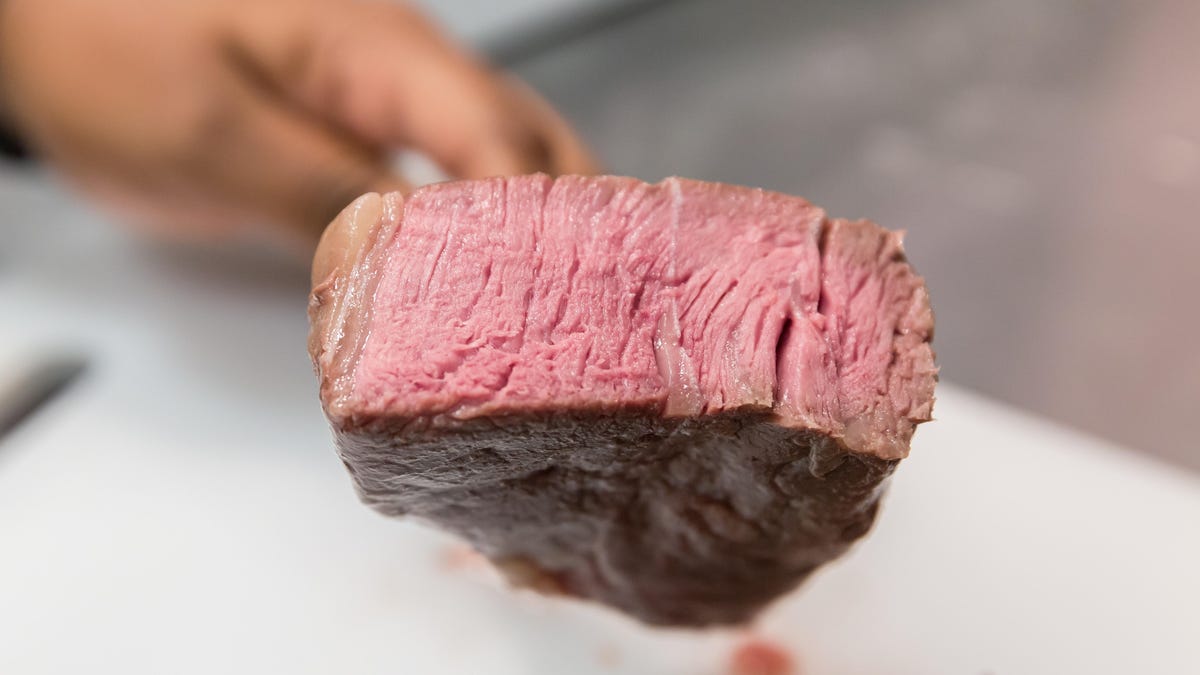Here's how wireless charging will cook your steak
Not just for phones! Cord-free power is for your kitchen, too.

Picture this: You scoop some grains into your rice cooker, and press start. The rice bubbles away. You haven't plugged the cooker into a wall outlet at all.
This kind of culinary black magic is the Wireless Power Consortium's (WPC) vision for a high-power wireless charger made specifically for kitchen appliances . Shown off at the CES show in January, the unnamed standard will supply up to 2,400 watts of power through inductive charging built into -- or beneath -- the countertop.
Look closely and you can see the Qi logo on the charging surface below these appliances.
If this sounds at all familiar, it's because WPC is the organization behind Qi wireless charging -- pronounced "chee" -- the protocol supported by phones from Samsung , Apple and LG . While wireless charging has been available to phones for years, companies want to take the technology beyond your handset, using wireless charging to power up laptops, fitness bands and yes, even kitchen appliances.
Although we're seeing a push in the wireless charging space for transmitters that will recharge your devices over the air -- wireless power over distances of 15, 30 and even 80 feet -- the Wireless Power Consortium believes that its magnetic inductive charging, which only works over distance of a few millimeters, will deliver the strongest, safest surge of energy to a device.
"There's a big difference between being able to move from a prototype to something that's commercially viable, that's safe, that's reliable, that's energy-efficient," Paul Golden, WPC's VP of market development, told me when he visited CNET last December.
In fact, that very month, the FCC cleared two products that deliver over-the-air power -- Powercast's PowerSpot and Energous' WattUp -- for safe use within its guidelines. Both products plan to top up devices from a distance.
But the WPC's high-power inductive charging isn't to be confused with the Qi standard, or with charging your phone or laptop. One main difference, other than the sheer power that the new standard will pour out, is that the wireless charging device will be able to communicate with appliances to modulate power supplies as needed.
Most importantly, the technology will communicate with your device to keep your food from overcooking.
Say for example that you want to cook and serve a stew in exactly 3 hours. WPC's future-looking inductive chargers can turn the cool tabletop into a cooktop, just like a regular induction stove. Then it goes one step further to communicate with the appliance and automatically adjust the heat, thereby keeping your cook time on track.
After 3 hours are up, the inductive charger using WPC's new standard could also turn off the heat without you lifting a finger.
The Wireless Power Consortium hopes it will be able to make this new standard available by the end of 2018. After that, makers of home appliances would be able to start designing and manufacturing their compatible pots and pans.
In addition to having its eye on appliances, WPC is working on a separate new standard to charge power tools, drones and robots at 200 watts. Unlike the standard for appliances, this second protocol wouldn't communicate directly with smart tools.
Read next: Your phone's wireless charging speeds could double by 2019
Another good read: 2018 could kick off a cord-free life, for real

